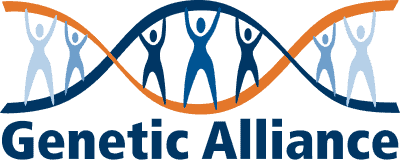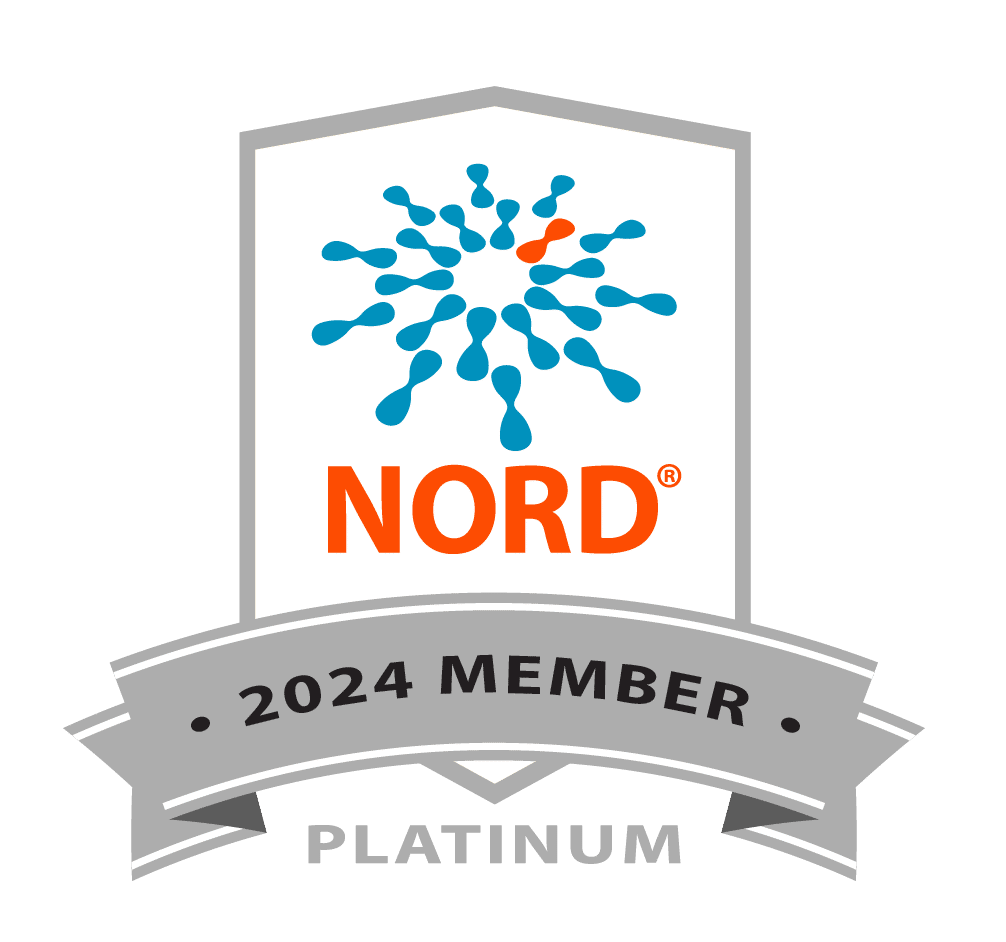Sonia Mulero-Navarro, The Mindich Child Health and Development Institute, lcohn School of Medicine at Mount Sinai. New York. USA.
Induced pluripotent stem technology gives us the opportunity to study genetic congenital disorders such as the RASopathies, characterized by a limited cellular source. Noonan syndrome (NS) patients harboring PTPN11 mutations have a higher risk to develop juvenile myelomonocytic leukemia (JMML), and hypertrophic cardiomyopathy is observed in 90% of patients with LEOPARD syndrome (LS). To further elucidate the molecular mechanisms of hematological and cardiovascular manifestations, we generated human induced pluripotent stem cell (hiPSC}-derived myeloid and cardiomyocytes to model both syndromes. Hematopoietic cells differentiated from hiPSCs harboring NS/JMML-causing PTPNll mutations recapitulated JMML clinical features including excessive number of monocytic/granulocytic cells, granulocyte macrophage colony-stimulating factor hypersensitivity and increased fetal hemoglobin. As a new insight of this leukemia, we discovered significant up-regulation of two hematopoiesis-related micro-RNAs in hiPSC-derived NS/JMML myeloid cells and also observed reduced mRNA levels for several predicted target genes of these micro-RNAs in JMML cells from patients.
For LS, we have previously demonstrated that hiPSC-derived cardiomyocytes with LS-associated PTPN11 mutation exhibit altered RAS/MAPK signaling and display a molecular phenotype consistent with the cardiac hypertrophy observed clinically. Here, we report the partial recovering of cardiac phenotype in those hiPSC-derived cardiomyocytes treated with rapamycin. In summary, hiPSC-derived NS/JMML myeloid cells provide a bona fide model of J,,1ML and the findings confirm the utility of studying inherited human cancer syndromes with hiPSCs to understand early oncogenesis prior to the accumulation of secondary genomic alterations, providing opportunities for therapeutic target discovery and small molecule testing. In addition, the rescue of the cardiac hypertrophy in hiPSC-derived cardiomyocytes with rapamycin confirms the animal model data, providing further impetus for a clinical trial in LS patients.




